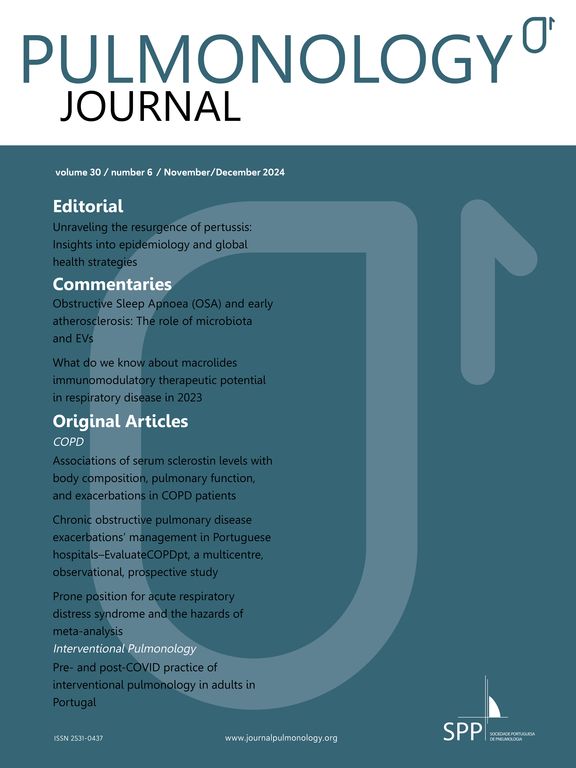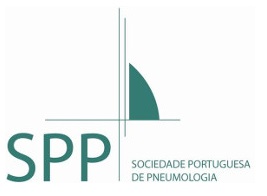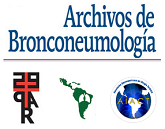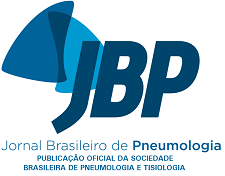was read the article
| Year/Month | Html | Total | |
|---|---|---|---|
| 2025 12 | 180 | 46 | 226 |
| 2025 11 | 296 | 54 | 350 |
| 2025 10 | 156 | 35 | 191 |
| 2025 9 | 179 | 41 | 220 |
| 2025 8 | 115 | 60 | 175 |
| 2025 7 | 137 | 87 | 224 |
| 2025 6 | 141 | 82 | 223 |
| 2025 5 | 154 | 47 | 201 |
| 2025 4 | 126 | 39 | 165 |
| 2025 3 | 125 | 35 | 160 |
| 2025 2 | 83 | 39 | 122 |
| 2025 1 | 115 | 52 | 167 |
| 2024 12 | 84 | 35 | 119 |
| 2024 11 | 99 | 61 | 160 |
| 2024 10 | 88 | 49 | 137 |
| 2024 9 | 107 | 28 | 135 |
| 2024 8 | 139 | 39 | 178 |
| 2024 7 | 147 | 48 | 195 |
| 2024 6 | 117 | 25 | 142 |
| 2024 5 | 109 | 51 | 160 |
| 2024 4 | 104 | 29 | 133 |
| 2024 3 | 104 | 35 | 139 |
| 2024 2 | 67 | 29 | 96 |
| 2024 1 | 71 | 28 | 99 |
| 2023 12 | 65 | 25 | 90 |
| 2023 11 | 60 | 34 | 94 |
| 2023 10 | 53 | 30 | 83 |
| 2023 9 | 78 | 31 | 109 |
| 2023 8 | 69 | 28 | 97 |
| 2023 7 | 49 | 37 | 86 |
| 2023 6 | 56 | 19 | 75 |
| 2023 5 | 101 | 24 | 125 |
| 2023 4 | 68 | 26 | 94 |
| 2023 3 | 96 | 29 | 125 |
| 2023 2 | 108 | 31 | 139 |
| 2023 1 | 51 | 19 | 70 |
| 2022 12 | 85 | 20 | 105 |
| 2022 11 | 130 | 49 | 179 |
| 2022 10 | 105 | 46 | 151 |
| 2022 9 | 64 | 39 | 103 |
| 2022 8 | 94 | 40 | 134 |
| 2022 7 | 81 | 57 | 138 |
| 2022 6 | 69 | 43 | 112 |
| 2022 5 | 72 | 37 | 109 |
| 2022 4 | 58 | 42 | 100 |
| 2022 3 | 46 | 55 | 101 |
| 2022 2 | 48 | 43 | 91 |
| 2022 1 | 47 | 49 | 96 |
| 2021 12 | 38 | 40 | 78 |
| 2021 11 | 52 | 45 | 97 |
| 2021 10 | 56 | 46 | 102 |
| 2021 9 | 47 | 53 | 100 |
| 2021 8 | 75 | 43 | 118 |
| 2021 7 | 56 | 40 | 96 |
| 2021 6 | 83 | 49 | 132 |
| 2021 5 | 63 | 32 | 95 |
| 2021 4 | 212 | 88 | 300 |
| 2021 3 | 139 | 36 | 175 |
| 2021 2 | 134 | 26 | 160 |
| 2021 1 | 105 | 20 | 125 |
| 2020 12 | 87 | 12 | 99 |
| 2020 11 | 83 | 31 | 114 |
| 2020 10 | 83 | 20 | 103 |
| 2020 9 | 124 | 18 | 142 |
| 2020 8 | 135 | 45 | 180 |
| 2020 7 | 151 | 25 | 176 |
| 2020 6 | 136 | 22 | 158 |
| 2020 5 | 132 | 28 | 160 |
| 2020 4 | 135 | 12 | 147 |
| 2020 3 | 127 | 15 | 142 |
| 2020 2 | 113 | 25 | 138 |
| 2020 1 | 137 | 31 | 168 |
| 2019 12 | 147 | 43 | 190 |
| 2019 11 | 124 | 15 | 139 |
| 2019 10 | 152 | 29 | 181 |
| 2019 9 | 166 | 50 | 216 |
| 2019 8 | 262 | 41 | 303 |
| 2019 7 | 254 | 35 | 289 |
| 2019 6 | 258 | 15 | 273 |
| 2019 5 | 287 | 44 | 331 |
| 2019 4 | 220 | 32 | 252 |
| 2019 3 | 223 | 16 | 239 |
| 2019 2 | 191 | 9 | 200 |
| 2019 1 | 195 | 28 | 223 |
| 2018 12 | 113 | 4 | 117 |
| 2018 11 | 43 | 1 | 44 |
| 2018 10 | 53 | 17 | 70 |
| 2018 9 | 33 | 5 | 38 |
| 2018 8 | 30 | 21 | 51 |
| 2018 7 | 26 | 18 | 44 |
| 2018 6 | 27 | 15 | 42 |
| 2018 5 | 24 | 21 | 45 |
| 2018 4 | 50 | 24 | 74 |
| 2018 3 | 42 | 22 | 64 |
| 2018 2 | 12 | 9 | 21 |
| 2018 1 | 18 | 21 | 39 |
| 2017 12 | 20 | 18 | 38 |
| 2017 11 | 28 | 20 | 48 |
| 2017 10 | 13 | 13 | 26 |
| 2017 9 | 19 | 13 | 32 |
| 2017 8 | 19 | 11 | 30 |
| 2017 7 | 17 | 14 | 31 |
| 2017 6 | 21 | 19 | 40 |
| 2017 5 | 21 | 23 | 44 |
| 2017 4 | 13 | 4 | 17 |
| 2017 3 | 15 | 14 | 29 |
| 2017 2 | 6 | 3 | 9 |
| 2017 1 | 6 | 9 | 15 |
| 2016 12 | 17 | 12 | 29 |
| 2016 11 | 14 | 4 | 18 |
| 2016 10 | 9 | 4 | 13 |
| 2016 9 | 2 | 1 | 3 |
| 2016 8 | 4 | 3 | 7 |
| 2016 7 | 7 | 12 | 19 |
| 2016 6 | 16 | 10 | 26 |
| 2016 5 | 12 | 4 | 16 |
| 2016 4 | 46 | 16 | 62 |
| 2016 3 | 75 | 35 | 110 |
| 2016 2 | 67 | 25 | 92 |
| 2016 1 | 52 | 25 | 77 |
| 2015 12 | 50 | 16 | 66 |
| 2015 11 | 48 | 16 | 64 |
| 2015 10 | 58 | 26 | 84 |
| 2015 9 | 40 | 23 | 63 |
| 2015 8 | 31 | 12 | 43 |
| 2015 7 | 30 | 9 | 39 |
| 2015 6 | 20 | 13 | 33 |
| 2015 5 | 46 | 25 | 71 |
| 2015 4 | 63 | 34 | 97 |
| 2015 3 | 98 | 34 | 132 |
| 2015 2 | 80 | 47 | 127 |






